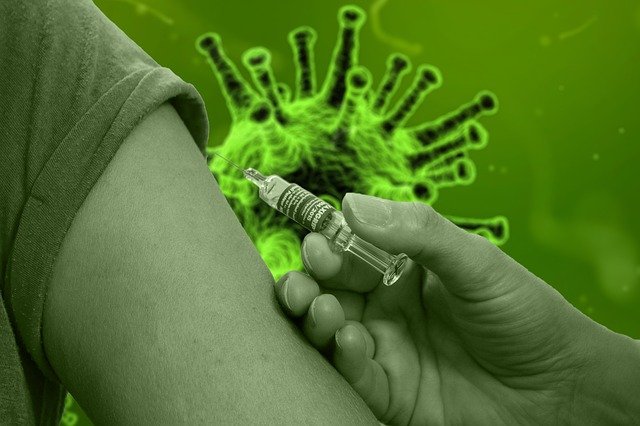Yesterday (10th), nearly 3,000 new cases were confirmed in Japan in a single day, the highest number since the outbreak for two consecutive days. Why does the number of newly diagnosed cases in Japan remain high, and what epidemic prevention measures have been taken so far?
There are many large Japanese enterprises around Tokyo’s Shinbashi Station, which is also a gathering place for office workers in Tokyo. Yesterday, the number of new infections in Japan reached 2,972, another new high. With the increasing number of infections, the demand for nucleic acid testing is also increasing.
At a nucleic acid detection point near Xinqiao Station, many people are queuing up in front of the door. Some people told the reporter that in order to make the other party’s enterprises more assured when they go on business trips, and some people say that they want to check because someone around them has been diagnosed. During the interview, the reporter felt that with the increasing number of infections, the tension in Japanese society is also increasing.
Yesterday, the number of new infections in Tokyo reached 602 in a single day, the highest since the outbreak. At the epidemic prevention conference held in Tokyo yesterday afternoon, experts repeatedly stressed that Tokyo’s medical system is under pressure and has seriously affected daily medical treatment outside the epidemic.
In addition, the number of new infections in Chiba and Saitama prefectures, which are adjacent to Tokyo, also recorded the highest number of new infections yesterday. In response, Yuriko Koike, governor of Tokyo, called on enterprises and people throughout the capital circle to continue to implement epidemic prevention measures such as telecommuting and wearing masks for dinner.
Not only Tokyo, but also the epidemic in many parts of Japan has shown an accelerated spread recently, among which the number of new infections in Osaka in a single day has exceeded 400 for two consecutive days. With the medical resources approaching the limit, Osaka also requested medical support from the central government of Japan and other local governments for the first time.
In addition, two key hospitals in Hokkaido also had a mass infection of 200 people. The “centralized epidemic prevention period” that should end today has also been extended to mid-January, and the Governor of Hokkaido also strongly appealed not to go out to pay New Year’s greetings during the New Year.
As of yesterday, two weeks have passed since the “three key weeks of epidemic prevention” proposed by the Japanese government, but the number of new infections has not decreased, but has increased, which has also aroused the dissatisfaction of the majority of the Japanese people. Among them, there are doubts that at the critical moment of epidemic prevention, the Japanese government has not taken stronger epidemic prevention measures in order to give priority to restoring the economy, which also led to the further spread of the epidemic.



